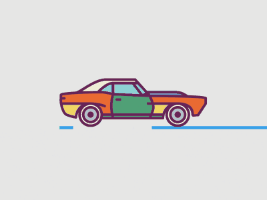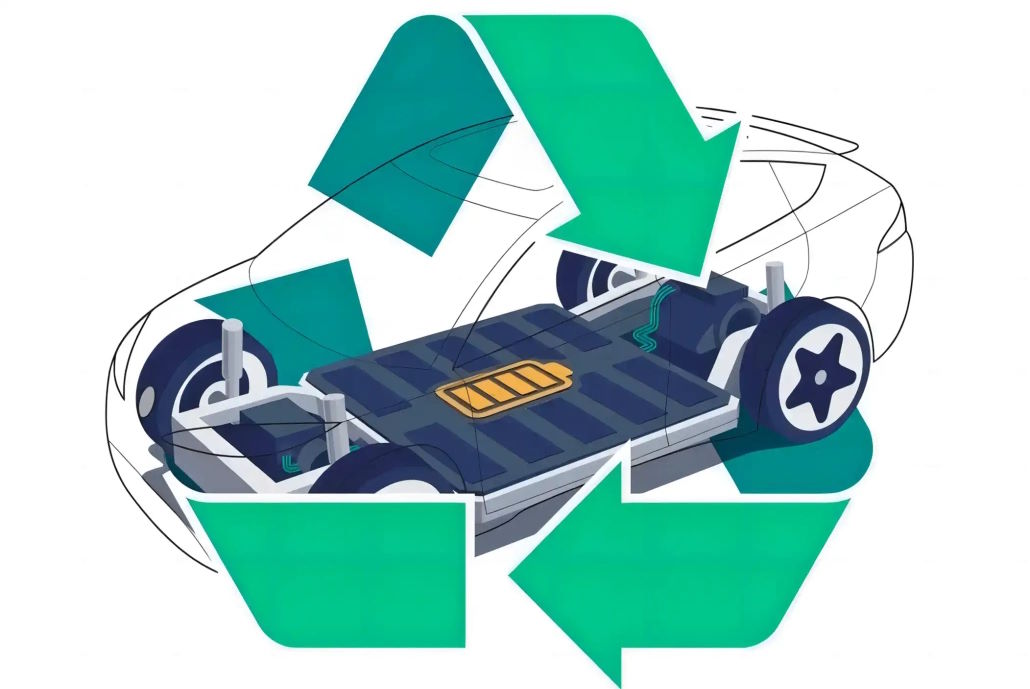- Admin
- Nov 18, 2024
- Buying Guides
- Read: Small Medium Large
Groundless ‘EV graveyard’ hype smears orderly devt of sector in China
As China's booming new-energy vehicle (NEV) industry recently achieved a significant global green milestone - annual production exceeding 10 million units - a foreign media outlet has resurfaced a couple of old photos to sensationalize the report of so-called "electric vehicle (EV) graveyards" in China, claiming that "giant graveyards of new EVs in the suburbs of Chinese cities are multiplying."
In reality, the visual materials used by these media outlets recently are merely old images from a report of Bloomberg last August and a video from "Inside China Auto" on YouTube. At that time, both Chinese and foreign reporters conducted investigations and clarified the misleading claims regarding the so-called "EV graveyards" depicted in these reports.
In an article titled "The Real Story of That Chinese EV Graveyard Isn't What You Were Told," on August 14, 2023, James Gilboy, contributing writer at auto industry information website The Drive, noted that "a closer look reveals the opposite to be true: These are not new EVs, and they only number in the hundreds. Most are five to six years old and have seen significant use ... [It's] a fleet of retired rideshare cars that were once operated in large cities in China."
On August 23, 2023, an investigation by the Chinese media outlet The Paper.cn into the photos of the so-called "new EVs graveyard" in the suburbs of Hangzhou, East China's Zhejiang Province also showed results similar to those of Gilboy. The NEVs in the photos were all produced at least six years earlier, so using them to claim that China's NEV industry is "over-invested and wasteful" is untenable.
At a time when China's NEV industry has just set a new annual production record, old photos are being dug up again, using groundless and misleading reports about "EV graveyards" to talk down China's EV industry. The ill intention behind this is to suggest that "China's EV industry is struggling with issues of disorderly development and capacity waste." However, this is not true.
In the first 10 months of this year, China's production of NEVs reached 9.779 million, up 33 percent year-on-year, while sales of NEVs reached 9.75 million, up 33.9 percent year-on-year. The small discrepancy between production and sales indicates that there are few idle or abandoned vehicles in the market. The market share of NEVs continues to increase, with significant potential for further expansion. Demand for NEVs is anticipated to keep rising.
After more than a decade of rapid development, China has become the world's largest producer and seller of NEVs. Admittedly, this rapid growth also means that, over time, the number of old batteries being retired from circulation each year will continue to increase. This emerging industry, which is still evolving with new technologies, faces the challenge of recycling and reusing batteries and automotive components.
For instance, according to predictions from the Technical Committee of New Energy Battery Recycling and Utilization, by 2027, the cumulative amount of retired power batteries is expected to reach 1.14 million tons. If not properly handled, discarded batteries could cause environmental pollution and significant waste.
But China's NEV industry is developing rapidly in terms of technology, and product updates are also occurring quickly, with related industries advancing swiftly. Just a few days ago, a breakthrough was made in the recycling technology for used lithium-ion batteries in China, according to the Xinhua News Agency.
The increase of used NEVs is normal and does not necessarily indicate a problem. As long as related industries continue to develop rapidly, there will be no negative impact on the healthy development of the NEV industry - indeed, there will be new opportunities in the sector. Botree Recycling, a Chinese start-up, is making significant strides in the field of battery recycling. By dismantling spent lithium-ion batteries and utilizing patented low-cost chemical processes, this innovative recycling processes help make related minerals more circular, thus contributing to a sustainable future, according to an article by the World Economic Forum last week.
China has been developing robust capabilities and advanced technologies to support the growth of the NEV sector. This approach will promote high-quality and orderly development through improved regulations and strategic planning, contributing to a sustainable future for global green transportation.




